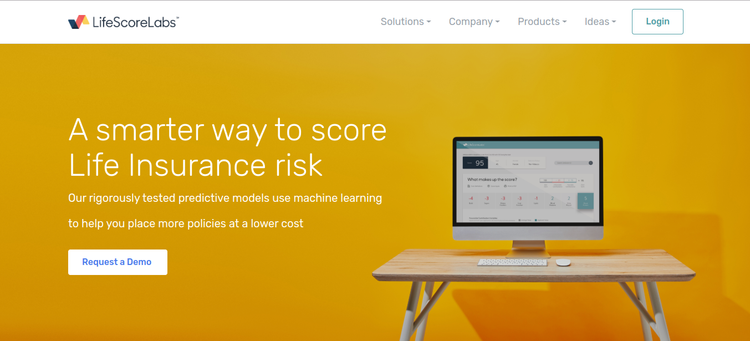Turning readers into publishers
Yesterday I blogged about the rise of "content marketing," in which retailers, manufacturers and others have dived into the world of publishing. This new form of editorial has some distinct advantages over traditional publishing -- primarily that content marketers aren't worried about making money from the content itself. Content isn't their business. Rather, content is an expense aimed at building their business.
Today I want to talk about the opportunity I see in content marketing for B2B publishers.
I'll ask that you bear with me. My thoughts on this issue aren't completely formed. So, as I often do, I'm blogging as a way of thinking.
Much of B2B publishing works on the controlled circulation model. Sure, we sell data. And of course, we charge people to attend our trade shows. But our content is free to our readers. Unlike our brothers and sisters in consumer magazines and newspapers, most of us in B2B don't have to worry about newsstand sales and subscription revenue.
We do, however, have to worry about advertising.
But imagine if we could find a way to make money without advertising or subscriptions.
Driving new business
Suppose you're the publisher of one of the dozens of trucking magazines in the B2B world. Your readers work at trucking companies; Your advertisers are companies that sell stuff to trucking companies -- tires and logistics software and rear-view mirrors.
Now suppose that your boss has told you he wants to see revenue growth this year of X percent. Traditionally, you have several options. You can raise ad rates, ask your existing advertisers to buy more ads, find new advertisers, or launch a new product and find advertisers for that.
But instead of looking at advertisers, what would happen if you looked at one of your readers.
Suppose one of your readers is Joe Schmoe, owner of Refrigerated Liquid Transport Corp., provider of climate-controlled, cross-country transport of dairy products. Joe's company is big. Joe is the king of milk movement. He has a 40% share of the U.S. market. And he has a marketing budget of hundreds of thousand dollars a year. But he doesn't spend any of that with you. He's a reader, not an advertiser. He doesn't need to get his brand in front of other trucking companies.
But he does need to get his message in front of dairy producers.
Joe advertises in dairy magazines. His ads run in B2B publications and Web sites such as "Dairy Cow Monthly" and "Chief Milk Officer."
Could you convince Joe that the way to get his message out was to become a content marketer? Could you help him become one?
It's not customary to do it that way
Most large B2B publishers have a custom publishing unit. In a nutshell, their job is to create content for advertisers. Most of the time this involves producing limited-run, print publications that go to a magazine's existing readers. Sometimes it involves creating a microsite or some other advertiser-driven Web product. But in essence, custom publishing is about creating a product for an advertiser.
But I'm talking about something different here. I'm not talking about turning Joe from a reader into an advertiser. I'm not even talking about turning Joe from a reader into a customer of your custom-publishing unit.
I'm talking about turning Joe from a reader into a real-life publisher.
Here's the pitch:
In exchange for X amount of money, (cash that he now spends on ads in magazines you don't own), you'll help Joe become a content marketer.
Joe becomes the publisher of "Milking the Market," an online news site about dairy futures and milk production. It's not about transport. Joe doesn't have to cover himself or his competitors. Rather, he's offering valuable information to his target audience for free. There are no ads on "Milking the Market," although each page is branded with Joe's Refrigerated Liquid Transport Corp. logo. There are no subscription fees. Rather, it is a purely editorial site that helps milk producers make money.
What you give Joe is expertise in online publishing (I don't think this idea would work well at all in print, where the expenses are much higher.)
In particular, you help Joe with:
a) hiring skilled journalists to produce aggregated content and "evergreen" how-to articles (daily news is too expensive, and he'd need a fulltime staff), and
b) using search-engine optimization to get his product in front of his target audience.
There are dozens of variations to this business model. Maybe you work as a consultant to Joe as he gets his content marketing site off the ground. Or perhaps you do all the work yourself, hiring freelancers as needed, and charging Joe a monthly fee. Maybe he buys back-end services from you (server space, access to a CMS, etc.), maybe not.
But however you do it, what you're doing is very different from what you have done in the past.
Because now you're working for a fee, not for ad dollars.
And your client isn't an advertiser, he's a publisher ... just like you.
(Note: It will be clear to many readers that the closest thing to content marketing in B2B is the world of association publishing. That market has been very lucrative for a number of specialized publishers who produce print magazines for trade associations. The associations serve as publishers and provide the subscriber list, but the work of writing, design, etc. is often done by an outside company with editorial expertise. A similar model has emerged online where companies such as SmartBrief, a former consulting client of mine, and rival U.S. News Custom Briefings, aggregate content for associations. But the core of those businesses remains advertising.)
tags: journalism, b2b, media, trade press, magazines, newsletters, business media, content marketing




